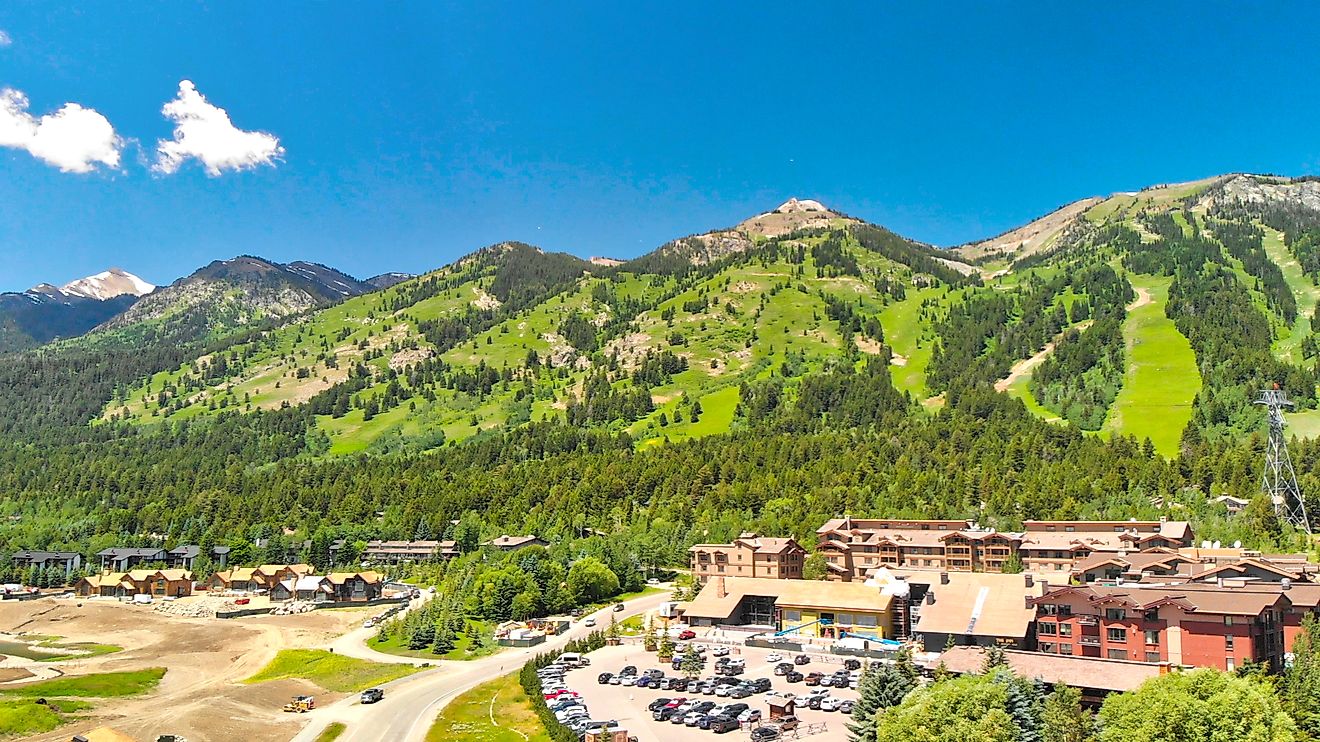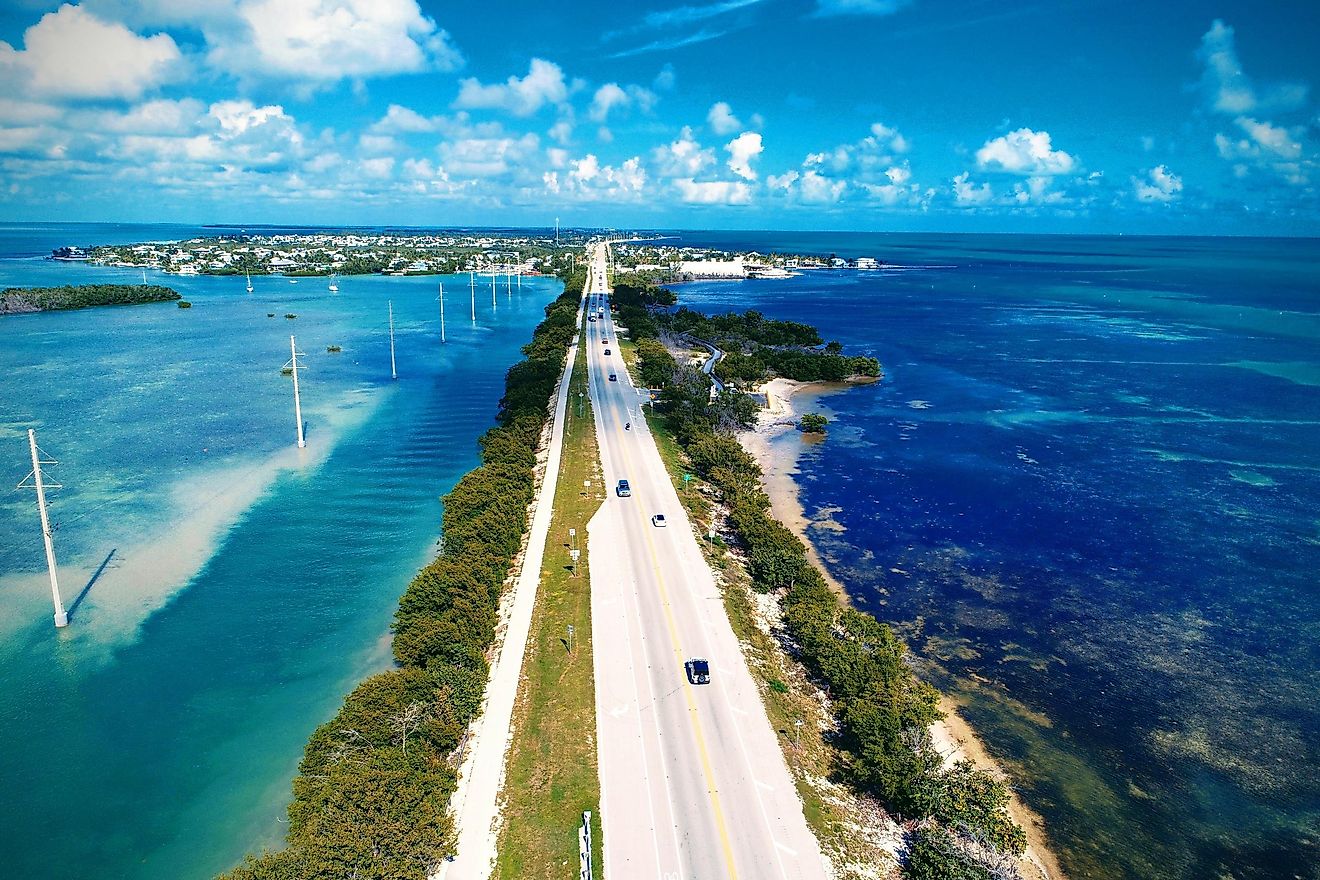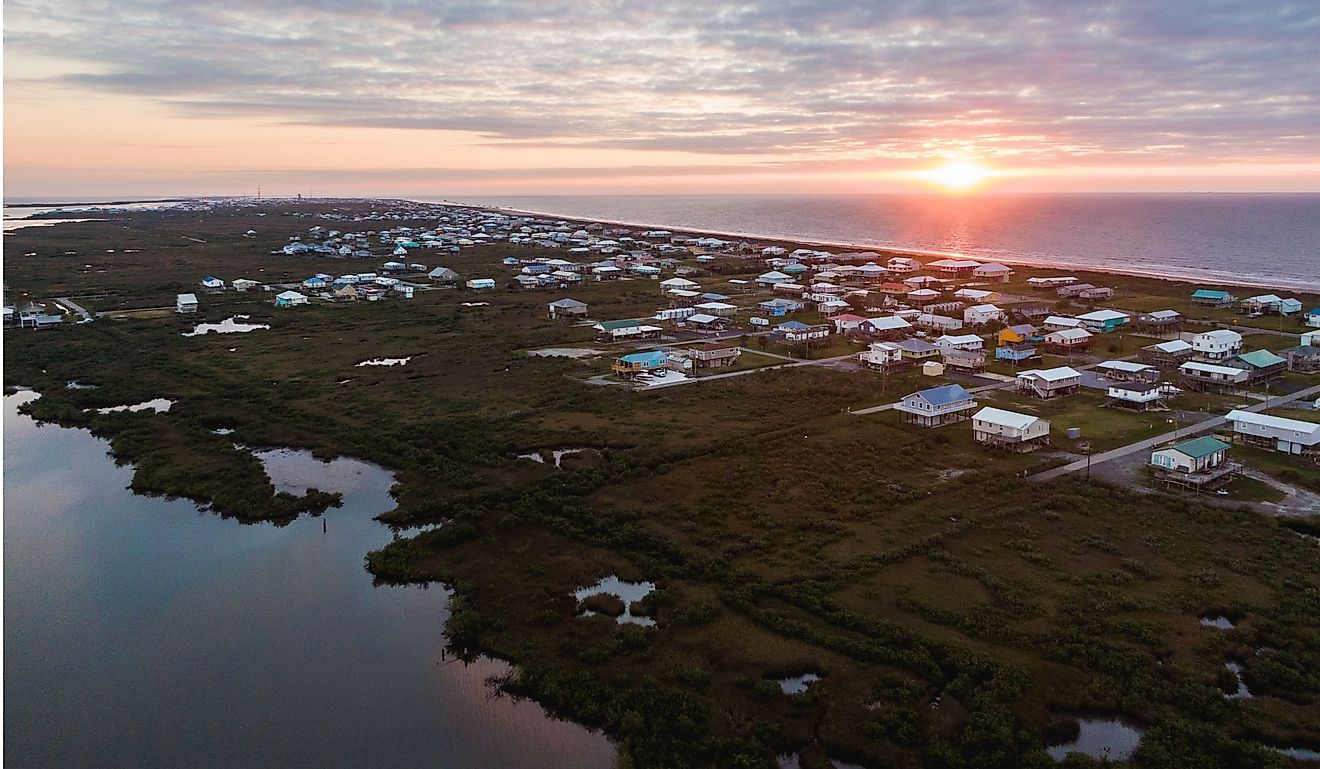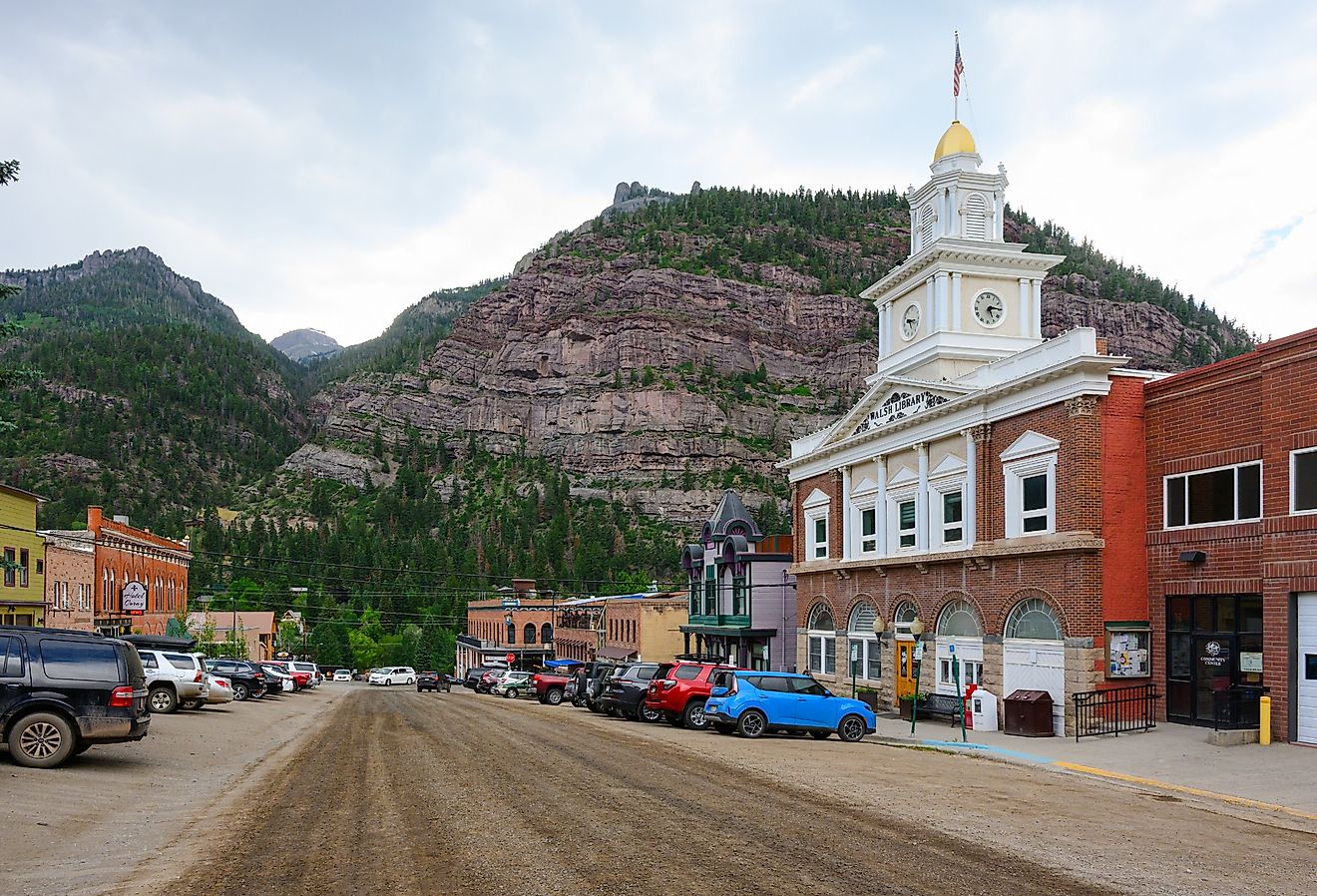
The Lost Sea in Tennessee: America's Largest Underground Lake
A vast cave system located within the Monroe County of Tennessee, Craighead Caverns is home to “The Lost Sea in Tennessee.” Spanning more than 240 meters at the surface alone, this body of water is by far the largest underground lake in America and the second-largest in the world! While this fact does attract many tourists year-round, being enclosed within an intricate cave system, this lake makes for quite a mysterious sight. Even with a glass-constructed viewpoint for tourists, there is a lot to this lost sea that doesn't meet the eye. So, let’s dive in to discovering America’s largest underground lake!
Location And Geography Of The Lost Sea

At the foot of the Great Smoky Mountains between Sweetwater and Madisonville in Tennesee, The Lost Sea is located within the vast cave system, Craighead Caverns. The visible area of the lake is 250 meters long and 67 meters wide with a known total area of approximately 18,000 sq. meters. This itself makes the Lost Sea the largest in the United States and the second-largest non-subglacial underground lake in the world. That being said, the exact depth and area of the lake is still a debate as many unexplored rooms within Craighead Caverns filled with water are yet to be accounted for.
Apart from this, the cave system is located within an area primarily composed of farmland being closest to the city of Sweetwater, Tennesse. Reaching the lake from Sweetwater warrants a short 10-15 minute drive along the New Highway 68.
Exploration & History Of The Lost Sea
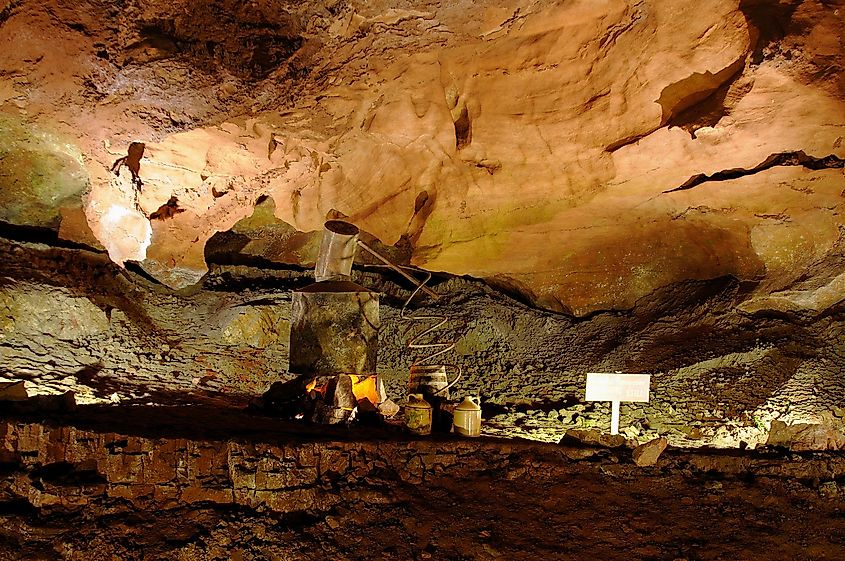
Since the early 1900’s Craighead Caverns has seen a plethora of explorations to ascertain the characteristics, size, and other features of both the cave system and lake. The Lost Sea itself was discovered in 1905 by a young boy named Ben Sands who found a small opening while playing in the cave system. Curious to learn more, the boy went into an undiscovered room and upon throwing balls of mud, found the surface of the expansive Lost Sea lake. That being said, by the time he brought back his father, the lake had risen keeping it hidden until another exploration some years later.
Following its discovery, the lake gradually gained popularity, and in 1939, the fossilized remains of a Pleistocene jaguar were found within the cave system. However, the most prominent explorations undertaken over the past centuries have involved modern equipment and divers, but even with this technology, the end of the lake is yet to be found. One recent instance involved a diver venturing into the depths of the lake with a sonar device and while being able to map 13 acres of water, still fell short with water all around him. Thus, it is believed that the actual expanse of the Lost Sea may be much larger but with the intricate layout, is quite challenging to be thoroughly explored.
Climate Of The Lost Sea
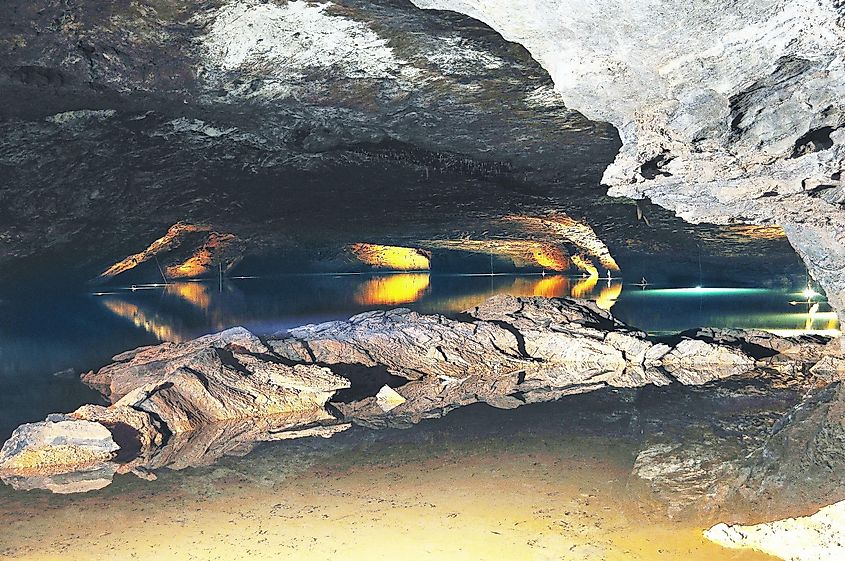
Due to being approximately 20 meters below ground, the Lost Sea is protected from the local climate and tends to remain quite cold year-round. In most parts, the lake's average water temperature is estimated to be 13°C. While most of the region is within a humid subtropical climate zone according to the Koppen Classification, the variabilities in temperature minimally affect the Craighead Caverns providing a somewhat static climate all year round.
Geology & Ecology In The Lost Sea
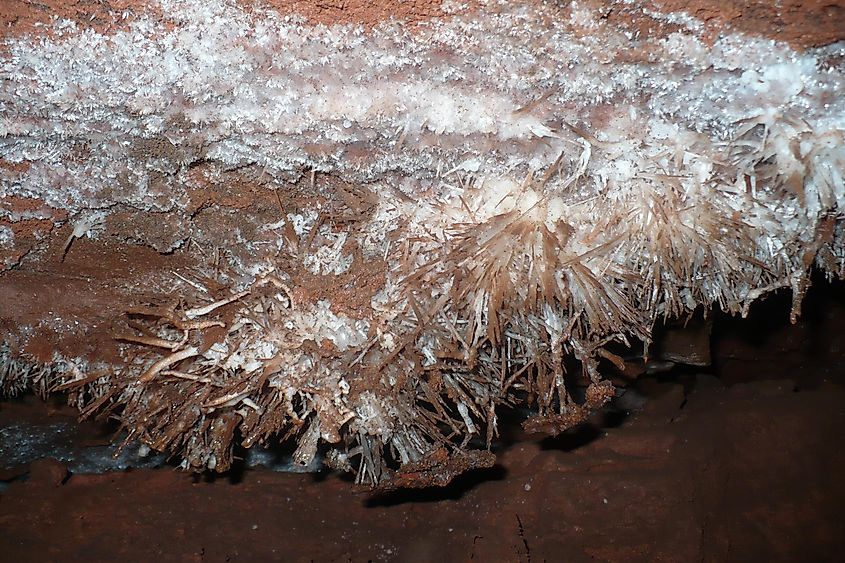
While it may be located far below ground level, the Lost Sea and encompassing Craighead Caverns are still home to various unique rock formations and also support organic life. Primarily, the cave system is well-known for a wide range of crystal clusters such as stalactites, stalagmites, etc. which present themself in unique spike-like shapes across the walls. For example, many anthrodites caused by iron being drained from the rocks are visible draping from the cave ceiling. In total, it is believed that the Lost Sea is home to 50% of the world’s known aphrodite formations.
In terms of the ecology of the Lost Sea, the water body is predominantly the habitat for a single species of fish, the rainbow trout. These trout can be seen swimming along the upper levels of the lake, and it is approximated that a total of 300 live in the lake. As the water itself is quite clear, these rainbow trout are often visible near tourist viewpoints and will swim near boats.
Tourism & Recreation In The Lost Sea
Due to factors such as its unknown depths, beautiful aesthetic, and position as one of the largest underground lakes in the world, the Lost Sea quickly became a famous tourist spot in the state. With approximately 150,000 tourists every year, the area was developed with an above-ground tourist hub, a long walkway to the bottom, and even activities within the cave.
Some of the most enjoyable things to do involve gazing at the beautiful rock formations and rainbow trout via the glass viewpoint or even taking a boat ride across the lake and dipping your hand into the cold water. For people who don’t want to take the boat ride, a 1-hour tour is also available with an experienced guide so you can take in all of the fantastic rock formations and mysterious beauty of The Lost Sea in Tennessee.
Whatever you might enjoy, one thing is for sure, the true thrill of this lake lies in its unknown depths and if we’ll ever truly find its limits.


